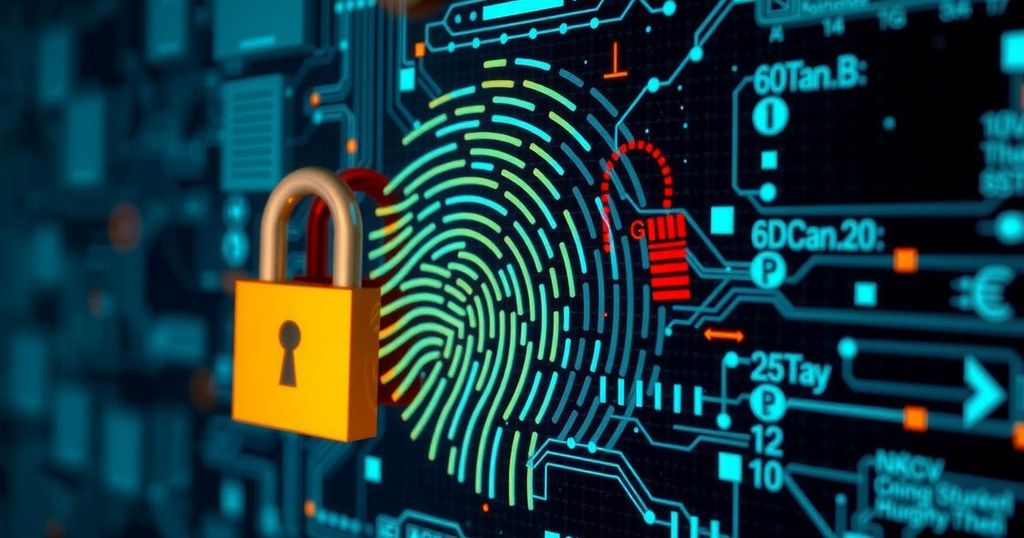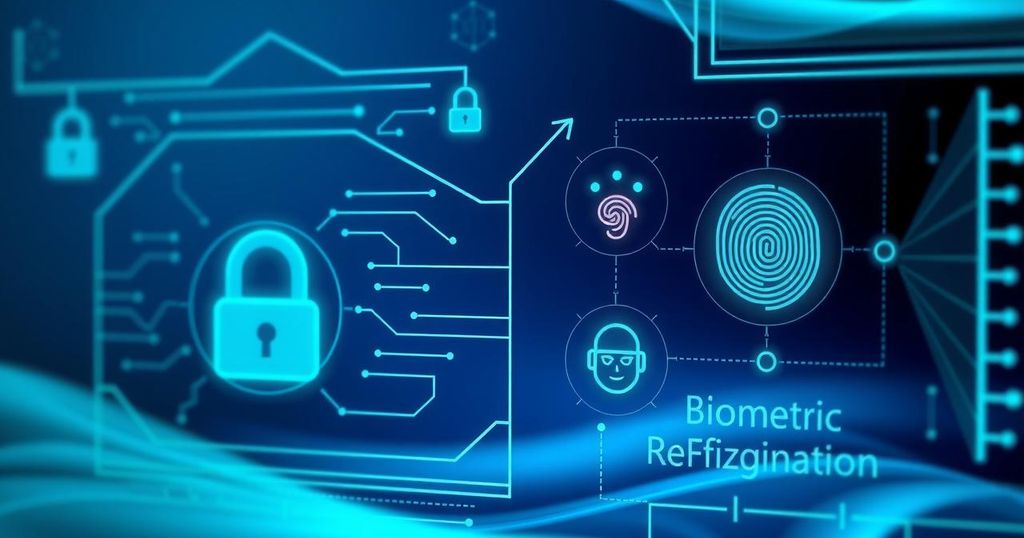The piece delves into the challenges of facial recognition technology through the lens of a NIST researcher. It discusses the risks of presentation attacks and identity fraud, while highlighting NIST’s commitment to enhancing the accuracy and security of biometric systems. The article also addresses issues of demographic bias within these technologies and the continuous need for evaluation and improvement.
As a NIST facial recognition researcher, I once donned makeup and a wig to resemble the fictional character Ron Swanson from Parks and Recreation. This playful experiment resulted in my inability to unlock my cellphone using my facial recognition. This scenario illustrates what we refer to as a ‘presentation attack’, wherein individuals alter their appearance to evade facial recognition technology. Although my disguise was harmless, actual presentation attacks can facilitate identity fraud, where individuals gain unauthorized access to sensitive information by mimicking someone else’s face or morphed images. Biometrics, including fingerprint, iris, and facial recognition technology, are critical for secure identification. NIST has been actively evaluating biometric algorithms since the 1960s and has focused on facial recognition for over 25 years. Our involvement encompasses assessing the performance and accuracy of these systems while also addressing potential vulnerabilities. We conduct tests on various algorithms to help refine their efficacy and ensure safety across applications, such as smartphone unlocking and border identification. A specific threat within facial recognition technology is ‘morphing’, where images of different individuals are combined to create a new, deceptive identity. This breach can have serious consequences, such as identity theft or fraudulent passport applications. Our ongoing research aims to develop algorithms that can detect these morphing techniques and prevent identity fraud from occurring. NIST’s assessments not only focus on technology accuracy but also on addressing inherent biases found in facial recognition systems. A 2019 report highlighted that certain demographic groups were less effectively recognized by some algorithms, underscoring the need for improvements in fairness and equity. We have incorporated demographic performance metrics into our routine evaluations to foster transparency and encourage advancements in the technology. Additionally, we are exploring the detection of presentation attacks and have recently tested various algorithms against different disguises. Our findings revealed that while some algorithms were effective, none could successfully identify all types of presentation attacks, indicating significant work is still needed. As a researcher passionate about the implications of my work, I recognize that my contributions can help enhance security measures and mitigate the impact of rogue biometric systems. The rapid evolution of biometric technologies necessitates ongoing evaluation and adaptation. One emerging project involves age estimation algorithms to verify user ages on online platforms, reflecting the growing emphasis on security and privacy concerns in the digital landscape. As biometric technologies advance, NIST remains committed to improving detection methods and ensuring user security in a world where technology and anonymity thrive.
The discussion explores the complexities of facial recognition technology from the perspective of a NIST researcher. It highlights the innovative yet vulnerable nature of biometric systems and their application in security. The narrative connects playful personal experiences to broader societal implications, emphasizing the potential risks of identity fraud and the importance of rigorous testing and evaluation of recognition algorithms. NIST’s historical involvement in biometric evaluation signifies its role in developing standards to enhance safety and reduce bias in technology, benefiting multiple demographic groups.
In summary, the article emphasizes the significance of facial recognition technology and the ongoing research conducted by NIST to improve its accuracy, security, and fairness. Through rigorous testing and algorithm evaluation, NIST aims to address vulnerabilities such as presentation attacks and demographic biases, ultimately fostering a safer digital environment. The evolving landscape of biometric technology requires continuous adaptation, underscoring the importance of vigilance and innovation in protecting individual identity.
Original Source: www.nist.gov







